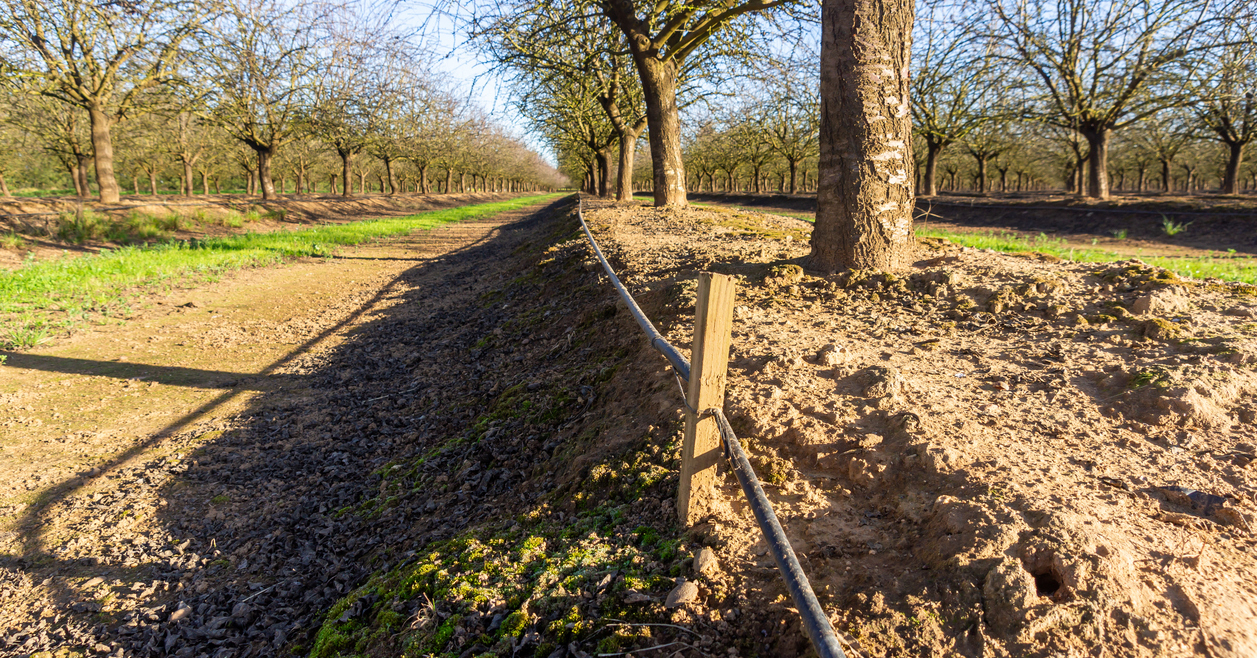Don’t Sweat the Technique: Trimming vs. Pruning
It’s happened to most gardeners. You walk into the yard, and you mean business. It’s time to prune. Or maybe trim. Wait, which is it? You realize you don’t know, and suddenly the clippers and shears in your hands seem like a big joke.
But fortunately for you, that’s where the experts at Premier Tree Solutions come in! Even though many people can’t tell you what it is, the difference between trimming and pruning is really quite simple, so don’t sweat it! Instead, read on for a quick tutorial, and then breathe a sigh of relief.
What Is Trimming?
Trimming involves shaping a plant evenly to meet the requirements of a certain design. Topiary, or the art of clipping trees into ornamental designs, involves trimming, because you trim the plant according to the desired shape rather than according to the pre-existing plant structure. Examples of where you would use trimming include hedges, where you trim to form boxes or mounds, or the aforementioned topiary. Generally you shouldn’t trim trees, although utility companies sometimes do.
What Is Pruning?
Pruning is a much more selective process. When pruning a plant, you take its structure into account, pruning branches, twigs, buds and roots to enhance that shape further. Generally speaking, plants you prune have a much more open branch structure than plants you trim. You might also prune to remove diseased or dead branches from a plant or tree, to avoid spreading and to protect plants.
Which Is Better for the Plant?
In short, neither is “better” for the tree or shrub in question. Both trimming and pruning have their time and place, and the best approach to a healthy yard and garden is using each where it is called for. Trimming a tree with a beautiful, airy branch structure will result in an ugly specimen with cuts that heal slowly, because they weren’t made at the correct points. On the other hand, trying to prune super bushy plants bred for topiary or hedges is a waste of time and energy.
So do you know what to do now, or are you hesitant? It’s OK to get some help from the professionals, so if you’d like someone with pro know-how to get the trimming and the pruning done for you, contact Premier Tree Solutions here!







